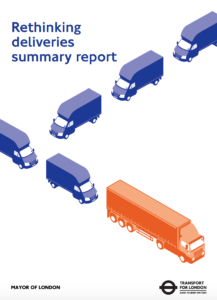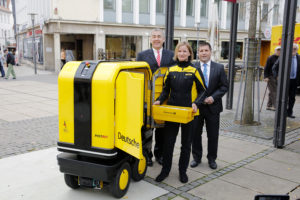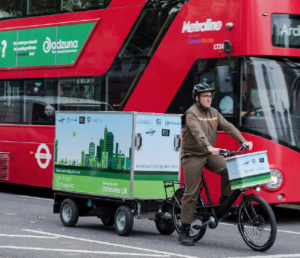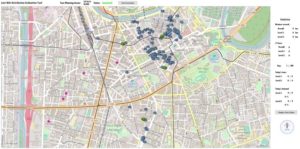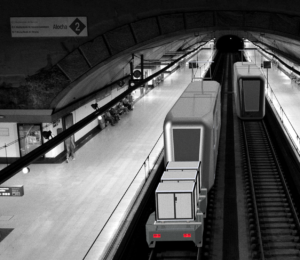Tag «city logistics»
Will sidewalk delivery robots help fix city logistics?
Implementing weigh-in-motion systems for urban freight
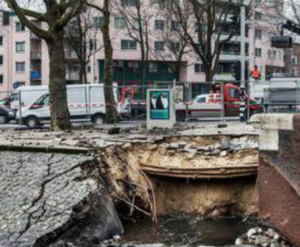
The infrastructure in cities is falling apart under the weight of heavy vehicles. Cities, therefore, are putting more weight restrictions on urban freight. Monitoring, and enforcing these restrictions are not only a technical challenge for local authorities but also for transport companies that have to plan their trips taking into account the restrictions and the actual weight …
Logistics space: planning for a sustainable blueprint
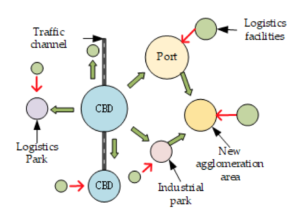
The acceleration of economic globalization and integration has led to more logistics activities worldwide and changes in the spatial location of logistics facilities. The location of logistics facilities affects not only cost and efficiency of cargo transportation activities but also sustainability of logistics.
Paris: the future of urban freight in Île-de-France
With their new paper “Logistics, vital function” (La logistique, fonction vitale), the French institute IAU wishes to sensitize the local actors of the future development in line with the overall regional objectives of “Île-de-France 2030“.
Research: using the SCOR-model for UCCs
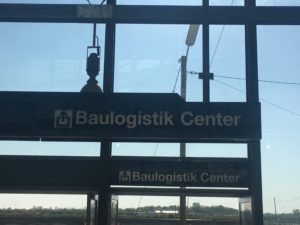
Urban Consolidation Centres (UCCs) are a popular measure in city logistics, but many of the UCC projects are granted only a short life. These facilities are often view as creating benefits for the society and costs for the private sector. Recent research and experiences show however that additional value-added activities performed in these platforms are …
London: call for evidence on e-mobility for city logistics
Research: simulation for the integration of cargo bikes in city logistics
Tramsit: using metro and tram for urban freight could be a good plan
New York City unveils $100M plan to modernize urban freight system
This week New York City unveiled a $100 million plan to overhaul the city’s aging urban freight systems through strategic investments to modernize their maritime and rail assets and create new distribution facilities, with the ultimate goals of creating nearly 5,000 jobs for New Yorkers and a more sustainable and resilient city logistics network.

